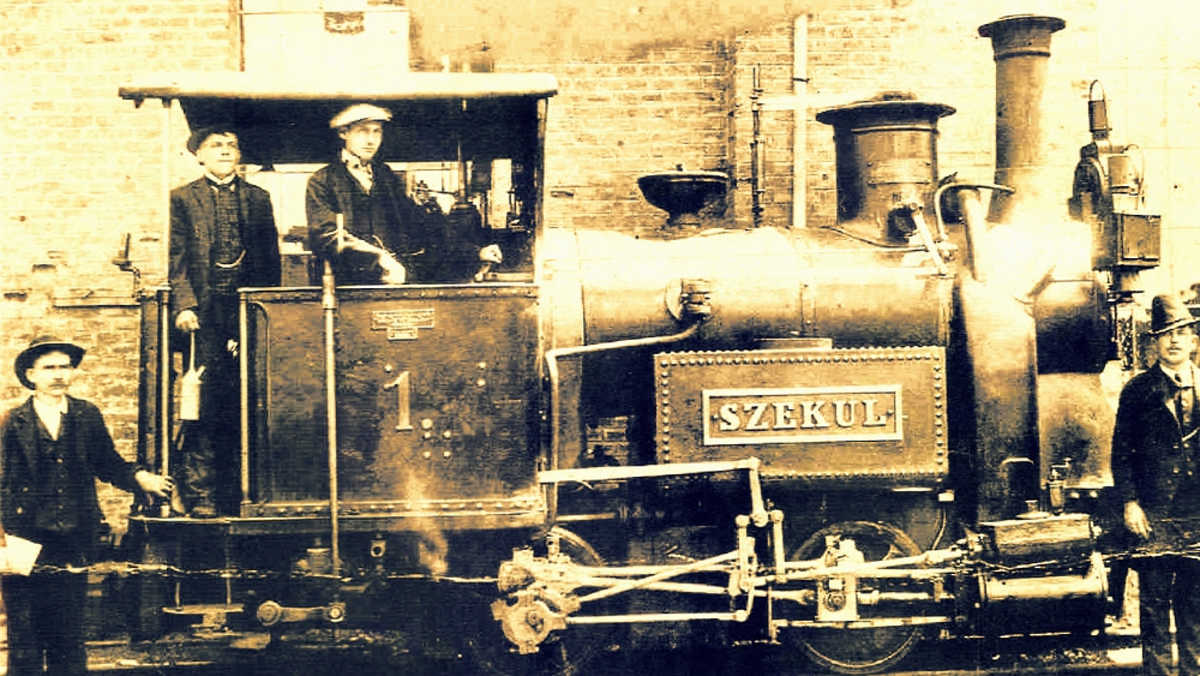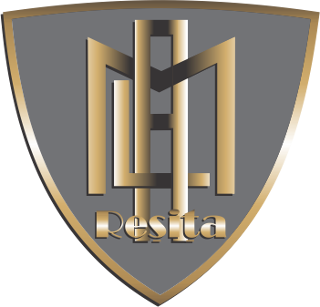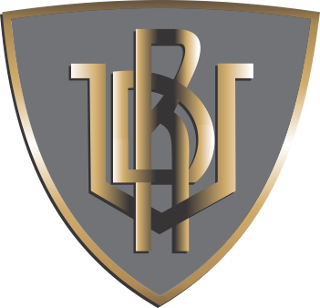SZEKUL - 1
The residents in Resita celebrated in July 3, 1871 a century from the two furnaces named Franciscus and Josephus setting in work, a moment that symbolically means the birth certificate of iron industry and plants in Resita.
16 years had passed from January 1, 1855, the day the furnaces, workshops and industrial installations there had been incorporated into the Austrian St.E.G..
That time of rapid and deep changing propelled the local iron works to the most important and successful ones in Europe. The board of Staats Eisenbahn Gesellschaft / the Privileged Austrian State Railway Company - a multinational industrial conglomerate based in Vienna - made than not only the survey of activity but also ambitious projects concerning the development of the company. They finalized in 1871 the tracks adapted to the steam machines (to replace so the horse driving) and began to set the industrial railroad Resita - Bocsa - Ocna de Fier.
When finalizing the new tracks for transporting coal from Secul to Resita, they brought from Vienna a steam engine specially designed by John Haswell (manager of the Steam Locomotive Plant of St.E.G. - Vienna) to be used on that mountain railway. Called thus SZEKUL, number plate 1., it worked up to 1936, the year it was repealed.
The engine was brought by ship from Vienna to Bazias, on St.E.G. railway from Bazias to Oravita, and up a platform pulled by oxen from Oravita to Resita.
In November 26, 1871, in a Sunday morning, at 8:30, Johann Pittner signaled the beginning of the steam powered rail transport in Resita. They say that mechanic Pittner used for 233 times the hooter during that first way, the exact number of curves the railway had from Resita to Secul.
One year later they manufactured in Resita, under chief engineer Carl Heinrich’s direction, the three steam locomotives called: RESICZA – number plate 2.; BOGSAN - number plate 3., and HUNGARIA – number plate 4..
The MLAR Collection
-
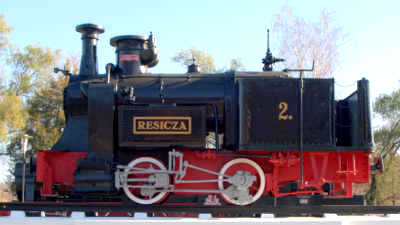 01
01RESICZA
1872 -
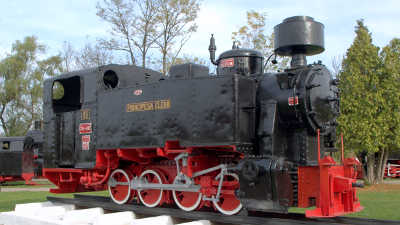 02
02PRINCIPESA ELENA
1925 -
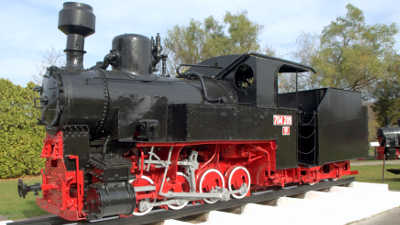 03
03CFF 704.209
1917 -
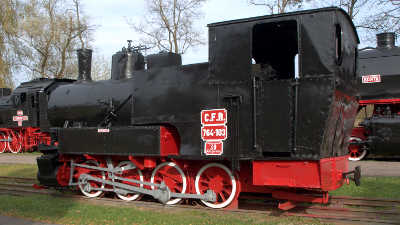 04
04CFR 764.103
1952 -
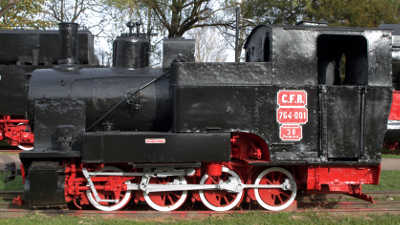 05
05CFR 764.001
1952 -
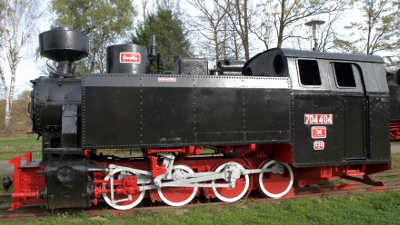 06
06CFF 704.404
1944 -
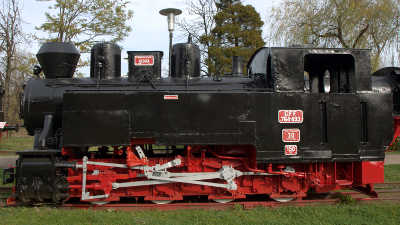 07
07CFF 764.493
1959 -
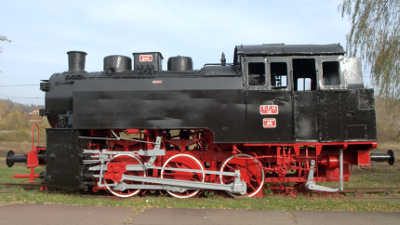 08
08CFU 14
1954 -
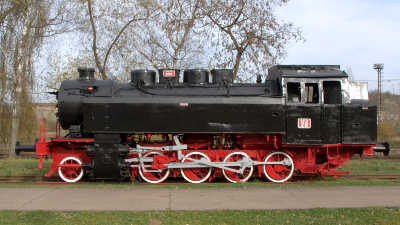 09
09CFU 29
1952 -
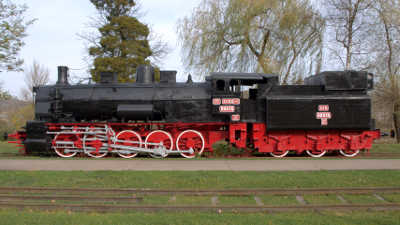 10
10CFR 50.025
1921 -
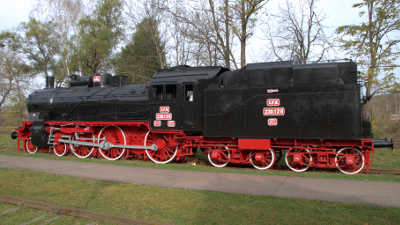 11
11CFR 230.128
1935 -
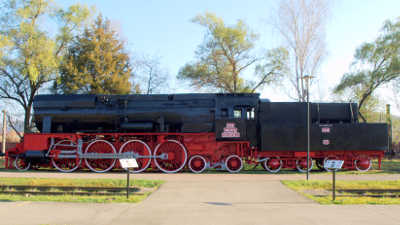 12
12CFR 142.072
1939 -
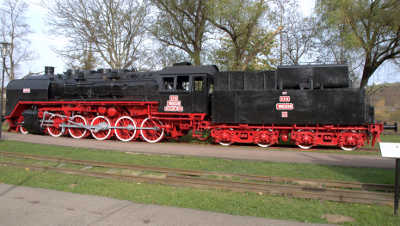 13
13CFR 150.038
1955 -
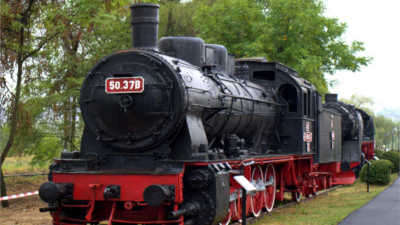 14
14CFR 50.378
1930 -
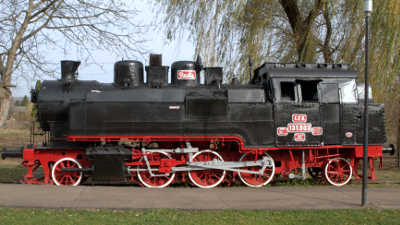 15
15CFR 131.003
1940 -
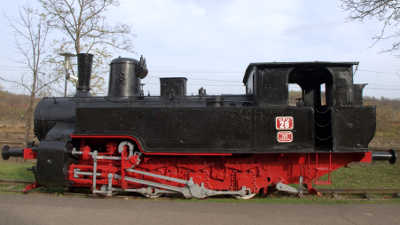 16
16CFU 28
1900






